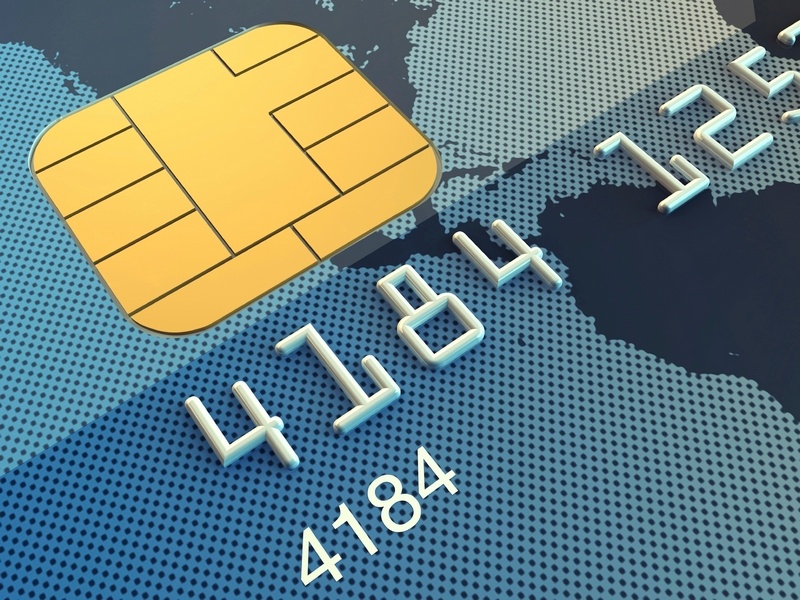Many independent software vendors (ISVs) across a wide range of industries, including retail, hotel & lodging, healthcare, etc., are building innovative mobile point of sale (mPOS) payment solutions. These solutions include mobile applications that allow merchants to run their business from a smartphone or tablet and are coupled with an mPOS card reader to accept card-based payments. To be able to accept payments, these applications must comply with the latest payment industry standards and be certified to securely accept EMV payments.
This is where things get tricky because enabling EMV for mPOS is challenging. However, a robust software development kit (SDK) can help.
In this blog post, I highlight some of the specific challenges that ISVs face in enabling EMV for mPOS, along with the ways an SDK can help address those. Let’s take a look:
1. EMV is complex: SDKs are developer-friendly
 Compared to magstripe, it is more challenging for an ISV to integrate their mPOS card readers for EMV transactions. In these chip-based transactions, multiple streams of data are sent back and forth between the card and the reader as opposed to a single one-way stream in magstripe. This adds to the overall integration complexity for the developers. For ISVs whose core competency isn’t payments, adding EMV acceptance to their existing business applications can be a daunting task. This is where an SDK comes into the picture. It can simply manage the complex business logic associated with an EMV transaction and allow developers to easily integrate EMV payment acceptance into their business applications for multiple platforms, such as iOS and Android.
Compared to magstripe, it is more challenging for an ISV to integrate their mPOS card readers for EMV transactions. In these chip-based transactions, multiple streams of data are sent back and forth between the card and the reader as opposed to a single one-way stream in magstripe. This adds to the overall integration complexity for the developers. For ISVs whose core competency isn’t payments, adding EMV acceptance to their existing business applications can be a daunting task. This is where an SDK comes into the picture. It can simply manage the complex business logic associated with an EMV transaction and allow developers to easily integrate EMV payment acceptance into their business applications for multiple platforms, such as iOS and Android.
2. Card reader management is cumbersome: SDKs allow for easy integration
 Due to the nature of mobility, device form factor is very important and therefore it’s often common to use different card readers for different use cases. For a lot of ISVs, integrating and supporting multiple types of card readers with an mPOS solutions can be tough. Alternately, if the ISV decides to change their mPOS card reader, it may mean integrating with a new device from scratch. This can be both expensive and time-consuming. A strong SDK allows ISVs to easily integrate their payment applications with multiple mPOS card readers using a single codebase, thus enabling plug-and-play switching of devices.
Due to the nature of mobility, device form factor is very important and therefore it’s often common to use different card readers for different use cases. For a lot of ISVs, integrating and supporting multiple types of card readers with an mPOS solutions can be tough. Alternately, if the ISV decides to change their mPOS card reader, it may mean integrating with a new device from scratch. This can be both expensive and time-consuming. A strong SDK allows ISVs to easily integrate their payment applications with multiple mPOS card readers using a single codebase, thus enabling plug-and-play switching of devices.
3. Certification process is expensive and time-consuming: SDKs simplify them
 Certifying a payment solution is a necessary but time-consuming and expensive process. All ISVs that want to enable their business applications to accept payments are required to integrate them with an mPOS card reader and to their gateway or processor of choice. Once they perform the technical integrations, ISVs are required to submit their solution for certification by both the processor and the card brands. Currently, a large portion of ISVs are trying to get their payment solutions certified at the same time creating a backlog of certifications. In such a situation, processors are forced to prioritize these certifications creating a bottleneck which adds more waiting time before the ISV can get to market with their complete solution.
Certifying a payment solution is a necessary but time-consuming and expensive process. All ISVs that want to enable their business applications to accept payments are required to integrate them with an mPOS card reader and to their gateway or processor of choice. Once they perform the technical integrations, ISVs are required to submit their solution for certification by both the processor and the card brands. Currently, a large portion of ISVs are trying to get their payment solutions certified at the same time creating a backlog of certifications. In such a situation, processors are forced to prioritize these certifications creating a bottleneck which adds more waiting time before the ISV can get to market with their complete solution.
These end-to-end certifications also need to be renewed every time there is a change made to any component of the solution that touches payment - the mobile application, card reader, gateway, etc. This process can take up to 4-6 weeks, and processors typically charge a high fee per certification. In contrast, some SDKs and their associated gateways can be pre-certified by the solution provider, completely eliminating the need for the ISV to go through the end-to-end certification process themselves for their payment solution. This also gives them the flexibility to update their business application without additional certifications.
Let the SDK Do the Heavy-Lifting
These examples show how an SDK acts as a catalyst for ISVs to get a certified solution to market quickly. That’s why all ISVs should consider using an SDK in their development.
ISVs should also look for a single technology partner that can provide and bundle an SDK, mPOS card reader and EMV payment gateway into a certified end-to-end solution. This single-source approach ensures a much easier and smoother development process instead of building a solution using different companies and creating the additional risk of compatibility issues.
Are you interested in a powerful SDK that can help you get to market faster? Visit our mPOS EMV SDK page to learn more about our offering, and download our free ebook to learn about launching an EMV-enabled mPOS solution.
Ben Wagner is Director of Solutions, at Ingenico Group, North America
Related Blog Posts










